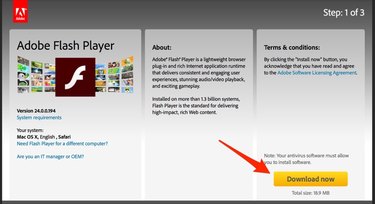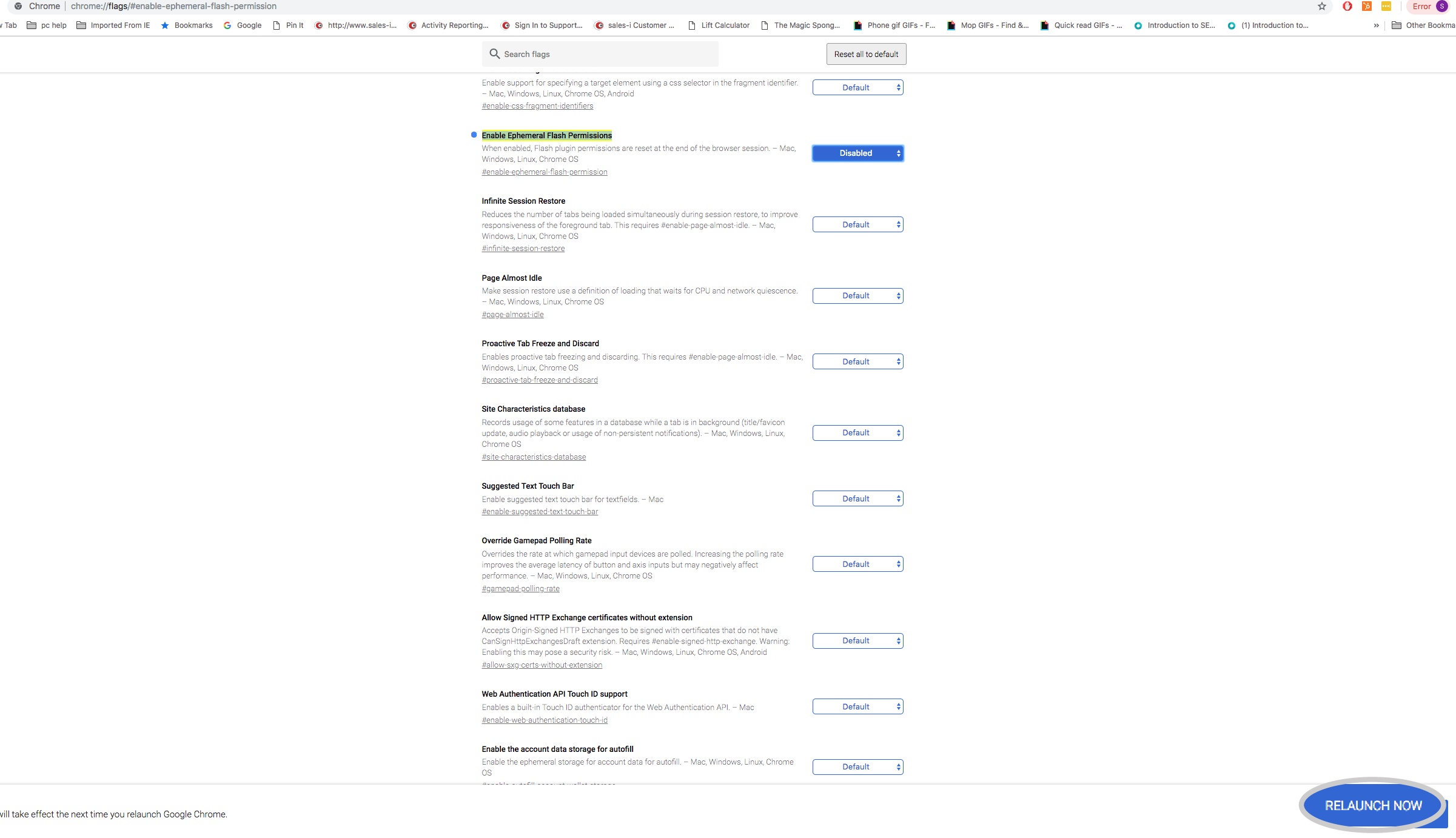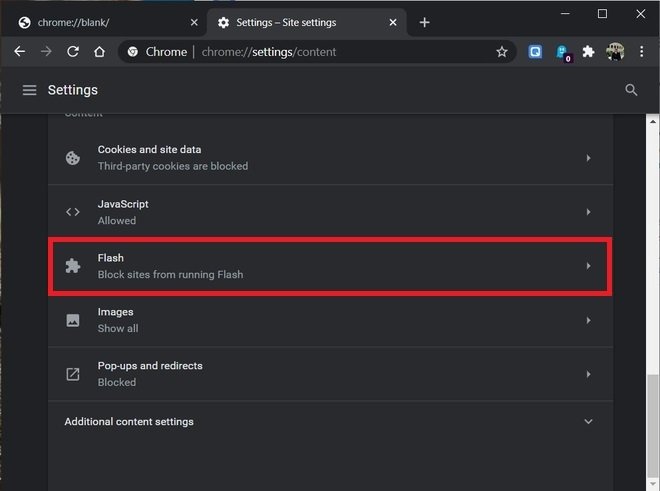
I expect to be able to reproduce this behaviour when the system updates to Version 1709. Of course, with Flash effectively off the Web, sites that offer Flash-based content are now redundant.

If I remove the domain from the 'allow' list and refresh the browser, Flash is blocked again on the site (same as the first screenshot above) Going to chrome://settings/content/flash indicates Flash is allowed on (on port 80): The browser refreshed and Flash content displayed: Chrome intercepted the URL request and displayed the 'Run Flash' dialog window: I click the 'Get Adobe Flash Player' button link. The system Flash Player plugin is installed by the end user and saved at C:\*WinDir*\*SysDir*\Macromed\Flashįor the N v2.0 Full Online Version site: When I first accessed the site, it displayed the following: ChromeOS, sometimes styled as chromeOS and formerly styled as Chrome OS, is a Linux-based operating system developed and designed by Google.It is derived from the open-source ChromiumOS and uses the Google Chrome web browser as its principal user interface.The integrated Flash Player plugin is the one Google embeds in Chrome and is saved in the Chrome path (as per my screenshot above).I'm also using the system Flash Player plugin, instead of the integrated Flash Player plugin, which is what you're using. 108 (the latest version installed today). The same rules apply to sites that you want to block from running Flash content.Ī click on the three dots next to a site listing gives you options to edit, remove or block sites (allow if you click on the three dots next to a blocked site).I tested on Windows 10 Home, OS build 1703 (updating it to 1709, but it's going to take a quite some timefor the update to complete).To add a site to the allow list, click on the "add" button next to allow, and add a site to the list.You can change the status of Flash by moving the "ask first" slider to off.This opens the Adobe Flash content settings. This comprehensive process allows us to set a status for any. Flash Player will become available within Google Chrome (running in the background).


The latter may also be important for sites that don't work properly in regards to allowing Flash content, for instance when Chrome does not display the prompt. While you can allow sites to run Flash when Google prompts you to do so while visiting a site with Flash content, you may want to allow Flash on some sites permanently to make things easier. Chrome users may still enable it, but Chrome will display a notification about the end of Flash support in 2020 in that case in every session. End Old information Starting in Chrome 76, Flash is blocked by default.


 0 kommentar(er)
0 kommentar(er)
